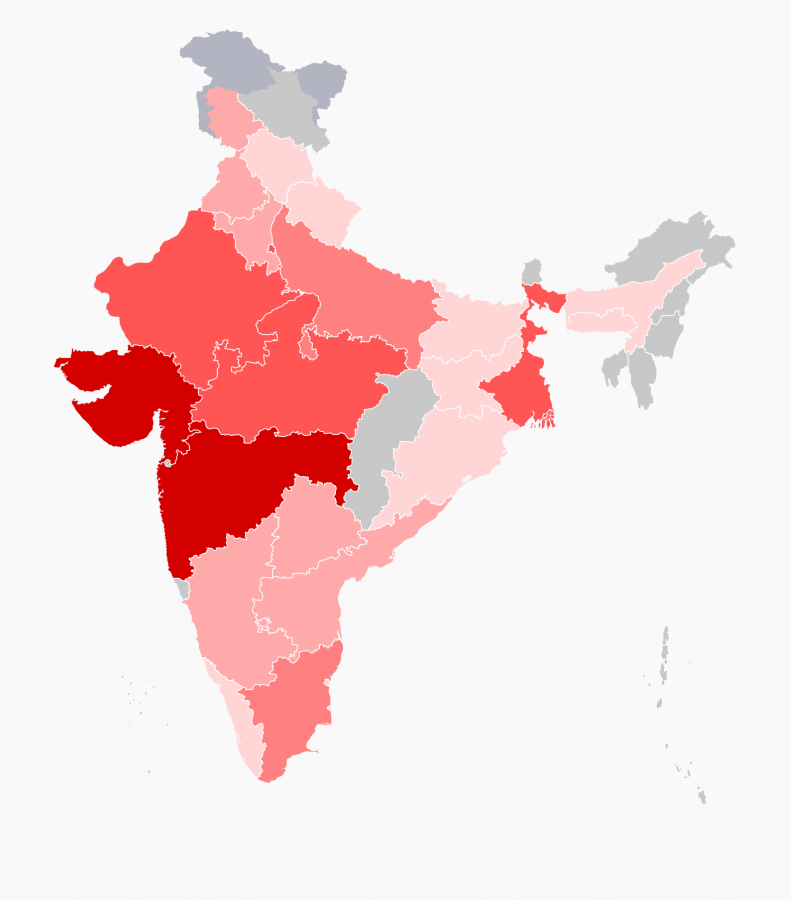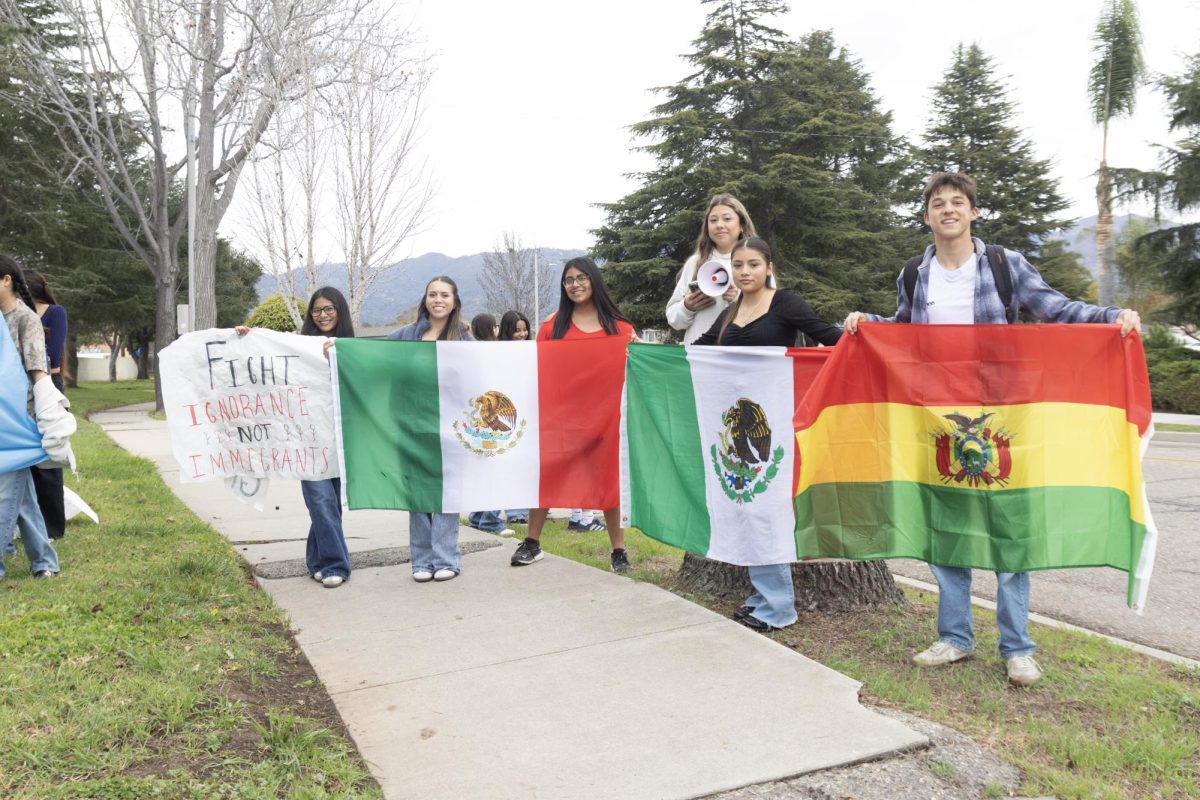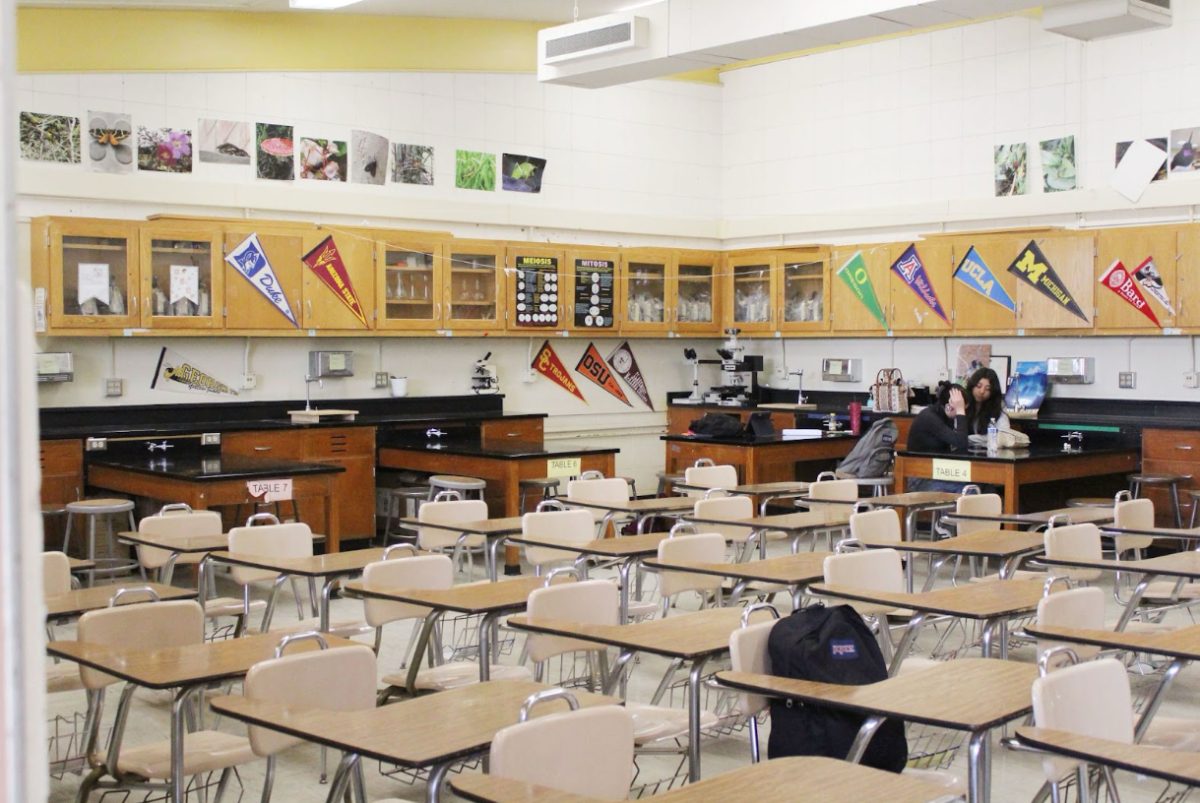India was successful in flattening the curve of their first wave of COVID-19. By the beginning of 2021, positive test rates had greatly decreased and demand for hospital space and medical supplies was manageable. As a result, India began to return to normalcy, setting aside several of their COVID-19 safety regulations. However, beginning in late April, things took a different turn contrary to what Indian health officials predicted. Cases began surging in India, with a devastating spike of over 400,000 new cases in a single day on April 30th. The country is suffering as hospitals are breaking under the pressure of having to provide care to so many people, along with shortages in medical supplies such as ventilators and oxygen.
After COVID-19 cases started declining in India as of February, healthcare workers thought that widespread immunity was the explanation. Widespread, or “herd” immunity occurs when the majority of a population becomes immune to a disease, greatly slows the spread and protects the whole community. Indian health officials thought that widespread immunity had been achieved through a combination of recovered patients who are immune due to COVID-19 antibodies, and vaccinated people. With this assumption, India began to return to normalcy. Many let their guard down and began socializing again when India launched its vaccination campaign in January of 2021. Furthermore, several large gatherings took place, such as political rallies and religious festivals, allowing the virus to spread. One of the reasons that widespread immunity may have not been reached in India is that their first wave mostly affected the poor, while the current wave is affecting the middle class and wealthier people of India, as well as the poor. Therefore, widespread immunity was not reached throughout the entire population of the company like health officials thought. Scientists also argue that new variants of COVID-19 have played a role in the worsening conditions: the 40-70% more contagious B.1.1.7 variant that is now the dominant strain in the Indian state of Punjab. All of these factors combined lead to the crisis that India is now facing.
India is currently accounting for 1 in 3 positive cases of COVID-19 per day worldwide. Their average of new cases per day has reached 378,000. The country as a whole has had over 20 million cases, with over 230,000 deaths. The Lancet Medical Journal predicts that by August 2021, the number of deaths could reach over 1,000,000. The state of Maharashtra has been the most highly affected, with a total of almost 5 million confirmed cases so far. One of the most difficult things for India has been having completely overwhelmed hospitals. Hospitals have extremely limited space due to the sudden huge influx of patients. Several COVID-19 specific hospitals have been created, however the conditions in these hospitals are very bad. They are extremely crowded, and very few doctors are running them, therefore not every patient can receive the medical attention they need to survive. The overwhelming amount of patients has led to extreme shortages in medical supplies, especially in oxygen.
“It feels very overwhelming, and it feels very absurd, because, to be very honest, the crisis is huge,” said Delhi based independent journalist Sweta Dash. “It’s not simply a medical crisis at this point, it’s also an emotional crisis.”
Dash describes that the COVID-19 crisis in India has also put an immense amount of emotional stress on the country. Thousands are dealing with the death of their loved ones, and the country as a whole is suffering with such a great amount of loss.
Pressure has also been placed on the Indian government, as well as governments of several countries to help India. As of May 1st, vaccines have been made available in India for everyone over the age of 18. Several states and cities have announced new lockdown orders and travel restrictions. To help with oxygen shortages, Prime Minister Modi’s administration has created “Oxygen Express” trains that travel to different areas of India delivering oxygen to hospitals in need. Additionally, armed forces have also been deployed at hospitals. Other nations around the world are helping India resolve their COVID-19 crisis as well. Countries such as Germany, Singapore, and the United Kingdom have sent oxygen-related materials over to India. Other countries such as France, Russia, and Australia have also provided medical aid. As for the United States, the Biden administration claimed it will send raw vaccine ventilators, personal protective equipment, oxygen-related supplies and therapeutic medicines to India.
Overall, India’s second wave of COVID-19 has been devastating for the country. The country has reached record breaking statistics in their climbing numbers of confirmed cases. Hopefully, through the distribution of vaccinations and aid provided by other countries as well as India’s own country, the country can recover from the pandemic.


















